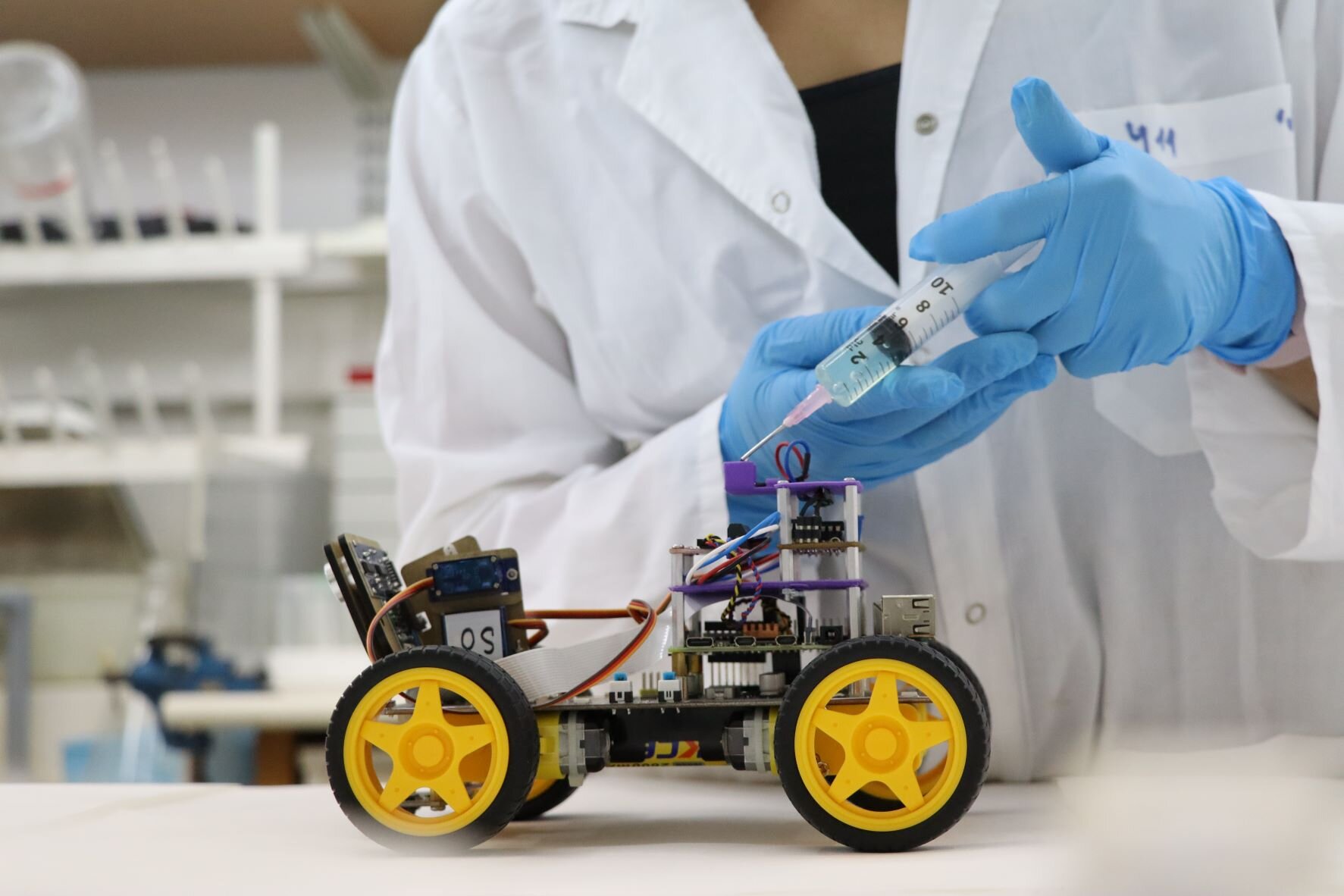In heavy-duty machinery, many components move at high speeds — dependent on bearings and bushings to mitigate frictional forces that impede their motion. Bushings minimize energy consumption for these moving components.
Bushings are cylindrical elements operating on the simple principle of sliding surfaces—they are part of a plain bearing mechanism. The shaft system attached to them glides along the inner surface without direct metal-to-metal contact, allowing rotational movement while preventing wear and tear due to frictional resistance.
Bearings are dual-ringed setups. They use metallic balls to decrease the amount of friction between them, allowing the mechanism to run smoothly and efficiently in rotation. The materials used in bearings include ceramic plus steel, which are sturdy and ensure high performance even at high speeds. Do you wish to discover more about these systems and applications? Read further as we reveal six disparities between them.
1. Structural Composition
The main difference between bearings and bushings is in their structural composition. Bushings feature simple cylindrical sleeves made of polymer or metal materials. They comprise a well-defined length, inner diameter (ID), and outer diameter (OD). These dimensions determine the fitting, functionality, and alignment.
On the other hand, bearings are complex assemblies comprising rolling elements, an inner race, and an outer race. They also have a retainer or a cage to keep the rolling elements well-spaced inside the structure. Some bearings have shields or seals to protect rolling elements and mounting surfaces. Mounted bearings have shoulders or flanges on the outer or inner races to facilitate alignment and mounting within the machinery.
2. Tolerance to Misalignment
Bushings employ a plain or sliding bearing mechanism and are more forgiving of misalignment. Typically, the shaft slides against the inner surface, allowing the component to function even under minor misalignment conditions. Ensure optimal alignment by finding a balance between these components for durability and performance efficiency.
The rolling elements in bearings should properly align to achieve the highest efficiency. The inner and outer races have to be evenly aligned all around their circumference so they make contact everywhere along their surfaces. A misalignment of the rolling components results in uneven contact for the race components; this irregular contact might result in premature wear and increased levels of frictional noise and vibrations, among other effects. Tolerance requirements for bearings are typically higher compared with those for bushings.
3. Friction Mechanism
One notable feature of bushings is their plain or sliding mechanism. The unique design allows the inner surface to create direct contact with the axle or shaft passing through it. The shaft slides against the inner surface, creating friction between the surfaces. That can cause heat and wear. Lubricate your bushings regularly to reduce friction and wear, especially in high-speed and high-load applications. Use bushings primarily in applications prioritizing simplicity and low friction over precision and high load capacities.
Bearings have a rolling element mechanism to curtail friction. Their rolling elements sit between the outer and inner races. They load evenly and smoothly between the races during shaft movements to distribute the load evenly and minimize friction. The smooth rolling action leads to lower friction than in bushings, which leads to lower heat generation and reduced wear rates.
4. Vibration and Noise
Bushings have a design mechanism that minimizes vibration and noise. The continuous and smooth contact between the bushing and the shaft leads to lower noise and vibration generation. Because they are quieter, bushings are suitable for light-load and low-speed appreciations, which require low noise and precision motion control.
Bearings are noisier and vibrate more rapidly when misaligned or operating at high speeds. They use rollers and balls that move between the outer and inner races. The rolling action enhances efficiency but generates noise because of the irregular contacts and movements against the races. Misaligned inner and outer races cause uneven rolling contact, which increases noise and vibration.
5. Load Capacity
Another feature that differentiates bushings from bearings is their load capacities. Bushings are for applications requiring less load capacities, more simplicity, precise alignment, and low friction. Their limited load-carrying capacity makes them suitable for machines that handle lighter loads.
Bearings are heavy-duty solutions capable of handling more impact force and higher loads. Their evenly-placed and smooth-rolling elements distribute loads more effectively. They can handle more loads, which makes them for heavy-duty applications with varying dynamic forces and speeds.
6. Lubrication and Maintenance
The time and energy required to lubricate and maintain bushings and bearings vary. Bushings will require periodic lubrication to create favorable conditions for maximized efficiency and reduced friction. Because of the high heat generation and risk of premature wear, lubricate your bushings regularly. Check the operations and efficiency of the bushings regularly to keep them in ideal working conditions.
Bearings will require lubrication to keep friction levels between rolling elements low. However, maintaining bearings in pristine conditions takes less time and effort. That is because they distribute lubricants more effectively. The systems have a rolling mechanism that spreads the lubricant evenly and continuously across all contact surfaces. That aids reduce friction and wear, making them the best alternatives to bushings. They require less frequent lubrication intervals and are perfect for moderate and heavy loads running at varying speeds.
Wrapping Up
Bushings and bearings are integral components in most heavy-duty machinery. They have distinctive structural compositions with diverse friction mechanisms and varied tolerance to misalignment. Bearings and bushings can handle different load capacities, generating noise at varied audible levels. Bearings might vibrate more and make more noise but are more efficient at handling heavier loads in demanding conditions. Maintaining bearings requires minimal work and effort.







